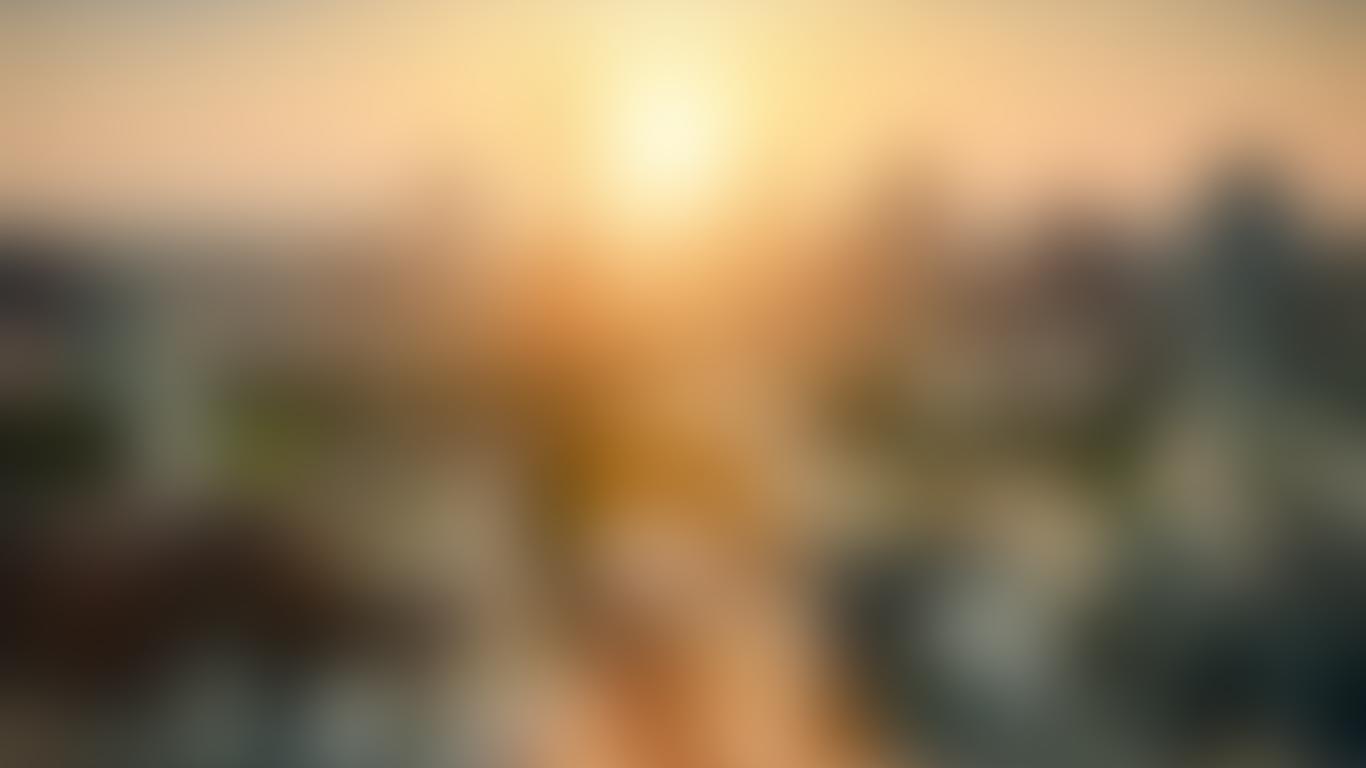Located at the junction of the Lenne, Volme and Ruhr rivers, Hagen lies amidst the hilly landscapes of North Rhine-Westphalia. It has strong ties to Germany’s art history as the birthplace of the 20th-century painter Emil Schumacher and the art patron Karl Ernst Osthaus.
Things to do in Hagen
Nestled in the foothills of the Sauerland is the Hagen Open-Air Museum, a cluster of 60 traditional buildings that have been reconstructed to showcase historic crafts and trades. Wander between the half-timbered workshops where blacksmiths, tanners and printers can be seen at work, then shop for the handicrafts made onsite in the village square. The museum restaurant serves old-style cuisine.
Modern art is celebrated at the Osthaus Museum, which occupies an Art Nouveau building designed by the Belgian architect Henry van de Velde. It’s based on the private collection of the Hagen-born art historian Karl Ernst Osthaus and includes works by Otto Dix, Erich Heckel and Franziskus Wendels. Adjacent is the Emil Schumacher Museum, which houses more than 500 works by the Abstract Expressionist artist.
A short drive from the centre of Hagen will take you to Schloss Hohenlimburg, a 13th-century castle that is perched atop a hill overlooking the Lenne Valley. Its inner and outer bailey, keep and gatehouses have been beautifully preserved, as have the workshops dating back to the 16th century. The castle’s most famous exhibit is a mummified hand that has been carbon-dated to 1546.
Getting around Hagen
Hagen is around 25 minutes’ drive from Dortmund and Dortmund Airport, which has flights to destinations across Europe. Düsseldorf is just under an hour away. Trains connect to Hagen railway station while buses travel throughout the city. The centre of Hagen is compact enough to explore on foot.





